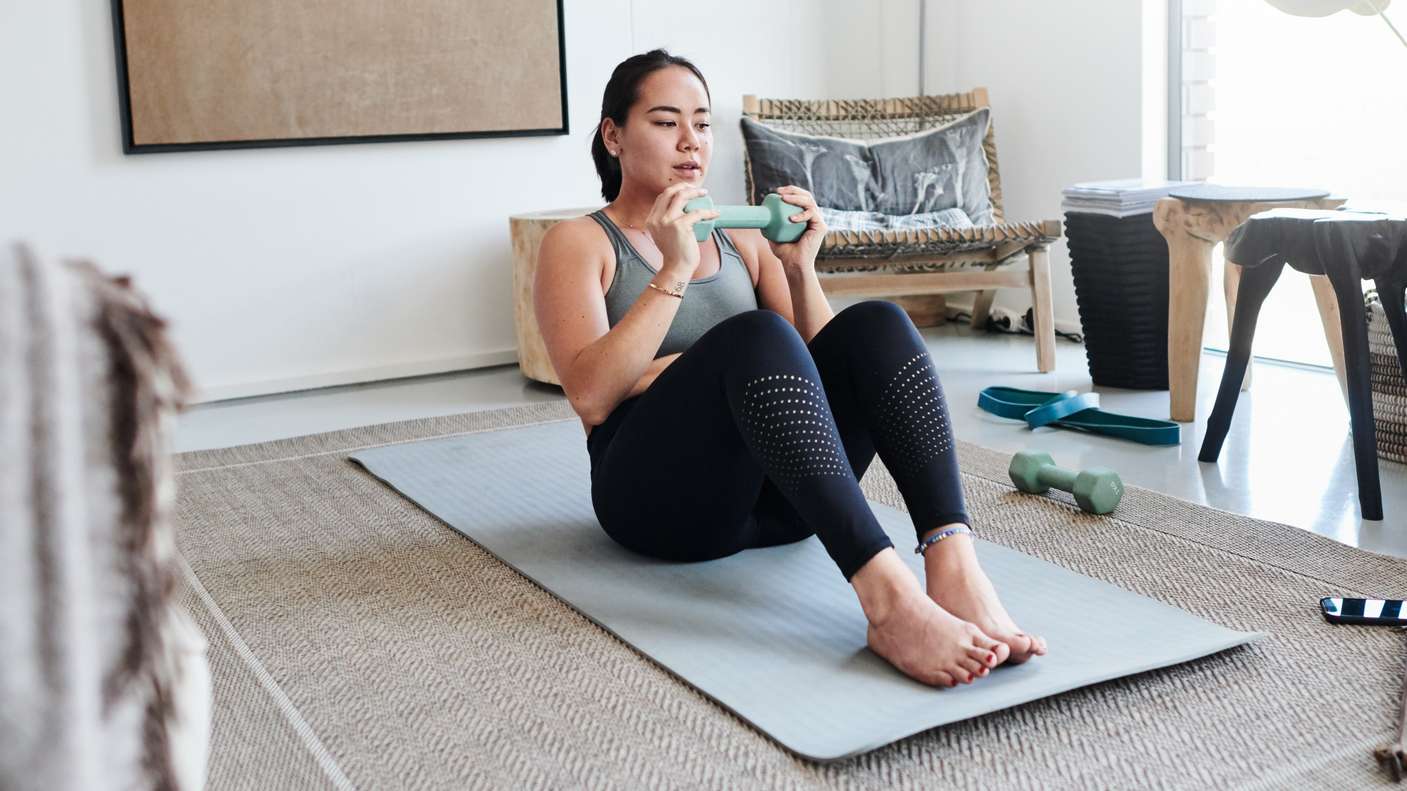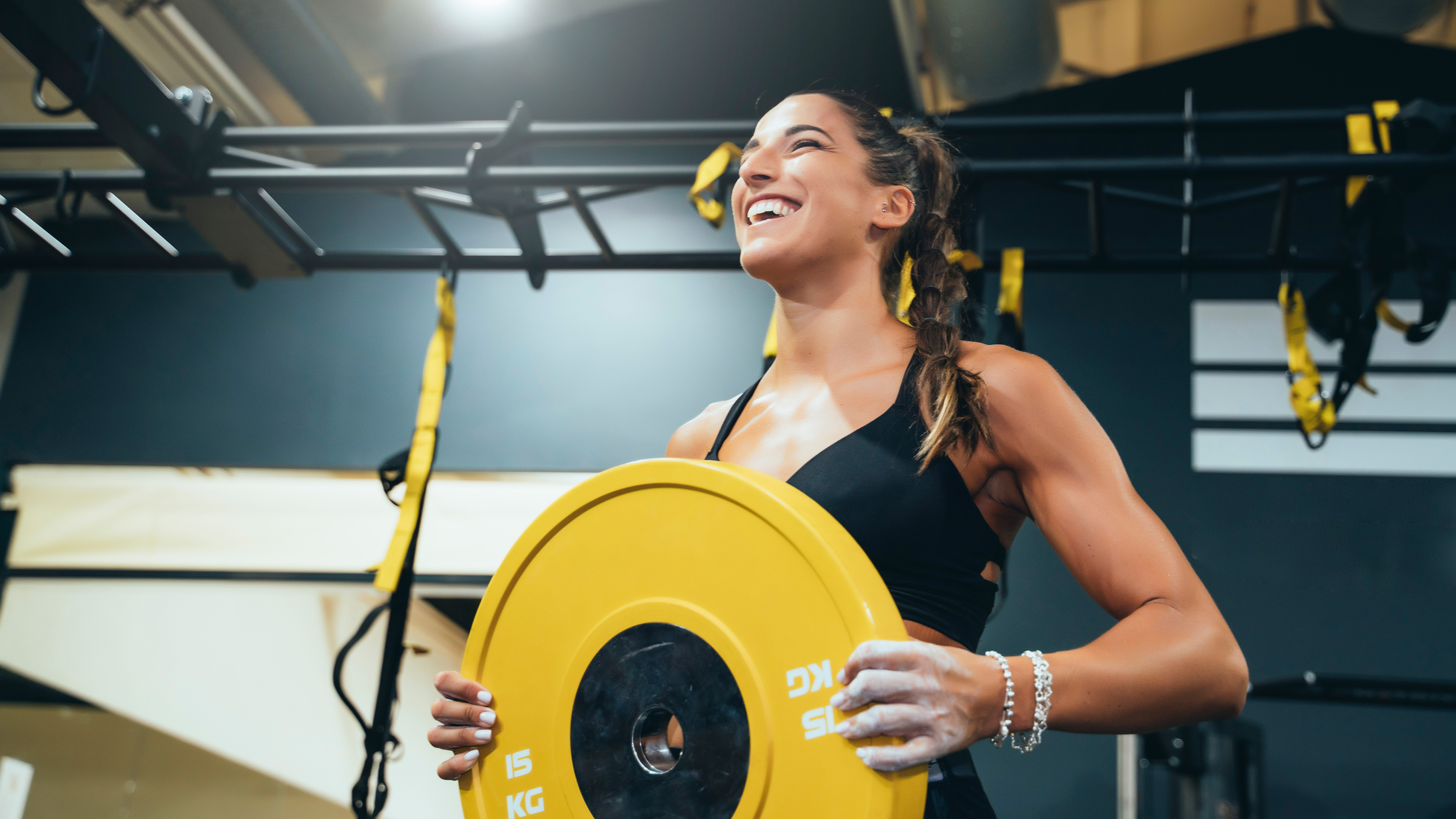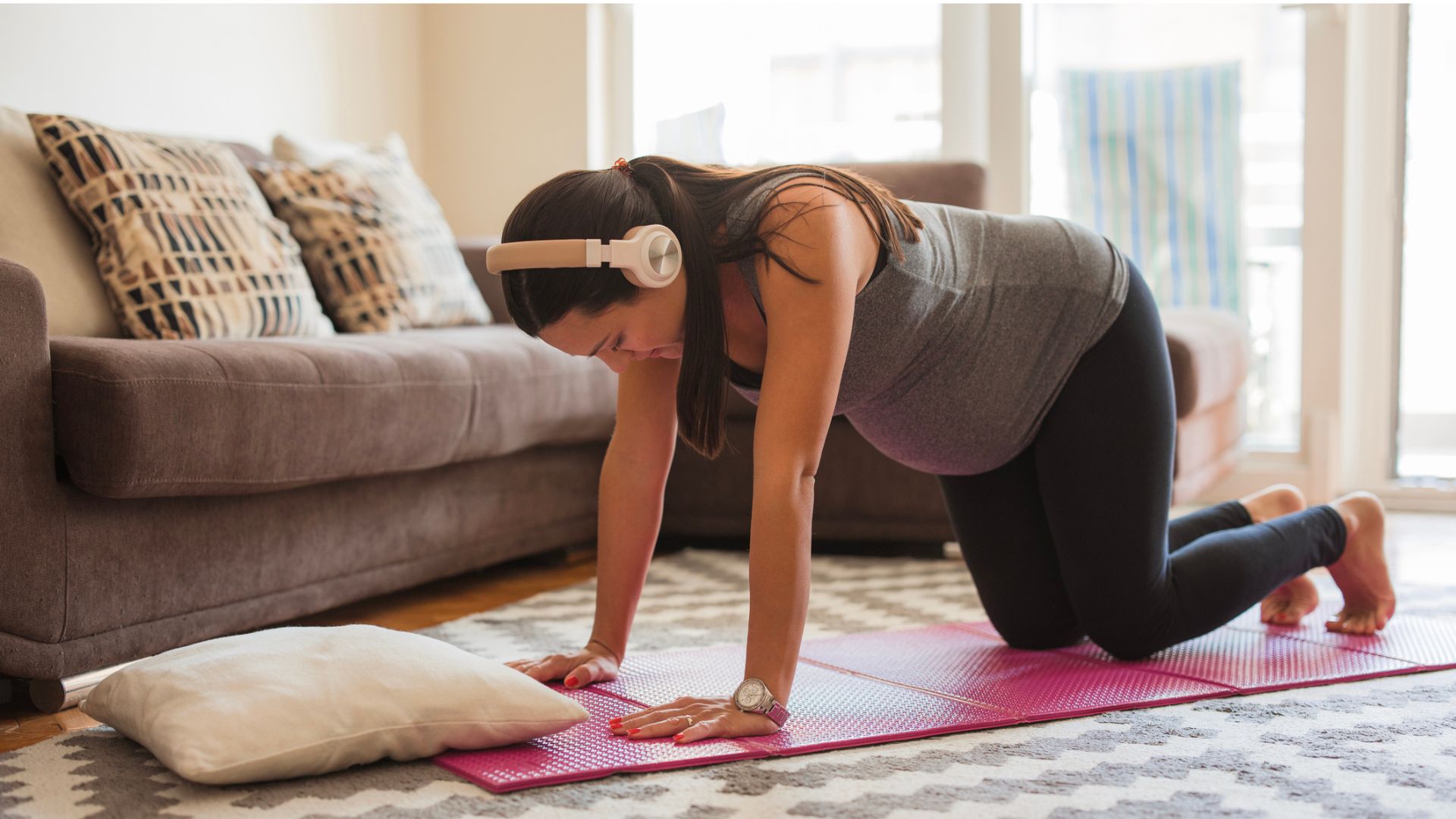"These exercises are an absolute game changer": A trainer shares her 10-minute Pilates routine for strengthening deep core muscles
Grab your dumbbells and try these four Pilates moves for a stronger core


If you’re looking to spice up your next core workout, we’ve found the perfect routine.
This Pilates-based session from fitness trainer Maeve Madden will work your deep core muscles in four moves and 10 minutes. Unlike traditional core workouts, it doesn’t feature sit-ups and planks, instead prioritizing weighted dynamic moves.
To take part you’ll need a yoga mat and some fixed-weight dumbbells, which are heavy enough to challenge you.
Watch Maeve Madden’s Pilates workout
A post shared by Maeve Madden | Home Workouts
A photo posted by maeve_madden on
Form is important in weighted workouts. Watch the trainer before you give it a go yourself and try and mimic her actions. If you’re struggling, drop down a dumbbell weight (our guide to what dumbbell weight you should use is helpful here).
Each movement is performed 10 times overall (for single-sided movements, perform the exercise 10 times on each side of the body).
To make the most of the workout, Maeve adds: “Keep your core engaged and focus on your breath.”
What are the deep core muscles?
Your core consists of several muscles in the center region of your body. While some are near the surface of your skin, such as the rectus abdominis (the muscles responsible for the six-pack shape) others are hidden deeper in your body.
Get the Fit&Well Newsletter
Start your week with achievable workout ideas, health tips and wellbeing advice in your inbox.
These deep-lying muscles improve your trunky stability and support the spine and pelvis. So by strengthening these muscles, you’re improving your posture, balance and preventing injury.
Benefits of this workout
Using weights in your core workouts makes tracking your progress and challenging yourself simpler. Once you find a move has become easy, you can extra weight to your dumbbell to test your muscles again. This is a process known as progressive overload and it’s the key to building muscle.
Dynamic exercises, like those featured in this routine, also offer benefits. Unlike static core exercises (such as a plank) dynamic exercises work your muscles through a wide range of motion. These exercises mimic real-life movements, so training your muscles in this movement pattern could help your body prepare for the rigors of everyday life.
After a core workout like this, you may feel some post-workout pain. This is known as delayed onset muscle soreness (DOMS) and, while annoying, it's completely normal. Rest up the following day and make sure you're eating adequate amounts of protein, which will help your muscles repair themselves.
Need something supportive for your home workouts? Have a look through our guide to the best yoga mats

Lois Mackenzie is a Fitness Writer for Fit&Well and its sister site Coach, covering strength training workouts with weights, accessible ways to stay active at home, and training routines for runners. She joined the team from Newsquest Media Group, where she was a senior sports, trends, and lifestyle reporter. She is a dedicated runner, having just completed her first marathon, and an advocate for spending time outdoors, whether on a walk, taking a long run, or swimming in the sea.
Lois holds a Master's degree in Digital Journalism, and has written for Good Health, Wellbeing & The Great Outdoors, Metro.co.uk, and Newsquest Media Group, where her reporting was published in over 200 local newspapers.

